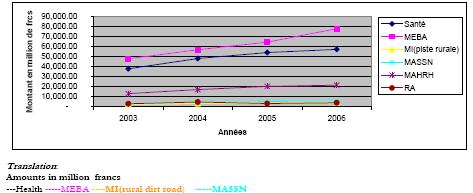

**Title: PAMA Report Shows 49% Drop in Car Sales in July 2025**
The Pakistan Automotive Manufacturers Association (PAMA) has published a report highlighting a major decline in the automotive industry, with car sales decreasing by 49% in July 2025 compared to the same month of the previous year. This steep drop has raised alarms among industry players, economists, and consumers, leading to an urgent demand for strategic measures to stabilize the market.
**Key Factors Leading to the Decline:**
1. **Economic Uncertainty:**
The persistent economic difficulties in Pakistan, including inflation and a weakened currency, have significantly affected consumer buying power. As living costs increase, potential vehicle buyers are prioritizing necessary expenditures over luxury or non-essential items like new cars.
2. **Elevated Interest Rates:**
The State Bank of Pakistan’s choice to keep high interest rates to combat inflation has unintentionally impacted car financing. Increased borrowing costs have dissuaded consumers from acquiring loans for vehicle purchases, directly influencing sales figures.
3. **Supply Chain Issues:**
Global supply chain disruptions, intensified by geopolitical tensions and the ongoing repercussions of the COVID-19 pandemic, have caused shortages of essential automotive parts. This has led to production delays and a diminished availability of new models in the marketplace.
4. **Rising Import Expenses:**
The decline of the Pakistani Rupee has escalated the costs of imported automotive parts and vehicles. Manufacturers have had to transfer these costs to consumers, further deterring possible buyers.
5. **Policy and Regulatory Hurdles:**
Recent alterations in automotive policies, including heightened taxes and duties on vehicles, have also played a role in the sales slump. These actions, meant to enhance government revenue, have inadvertently made cars less affordable for the average consumer.
**Industry Impact:**
The sharp reduction in car sales has considerable repercussions for the automotive sector in Pakistan. Manufacturers are experiencing decreased revenues, which could lead to potential job cuts and reduced investment in new technologies and models. Dealerships are likewise facing diminished foot traffic and sales volumes, affecting their profitability and long-term viability.
**Possible Solutions and Future Perspective:**
Industry analysts propose several strategies to tackle the current issues and rejuvenate the automotive sector:
– **Policy Updates:** The government might contemplate revising taxes and duties to make vehicles more affordable, along with providing incentives for local production to lessen reliance on imports.
– **Interest Rate Modifications:** A reassessment of monetary policy to lower interest rates could make car financing more attainable, thus encouraging demand.
– **Investment in Domestic Production:** Promoting both foreign and local investment in automotive manufacturing could help alleviate supply chain challenges and cut costs.
– **Consumer Incentives:** Implementing programs such as trade-in initiatives or subsidies for electric vehicles could attract buyers and foster sustainable practices.
Although the current situation is downturning, the long-term prospects for Pakistan’s automotive sector remain cautiously hopeful. With strategic actions and an emphasis on sustainable growth, the industry could recover and prosper in the years ahead. Stakeholders are optimistic that through collaborative efforts among the government, manufacturers, and financial institutions, the sector can navigate these challenges and emerge stronger.





